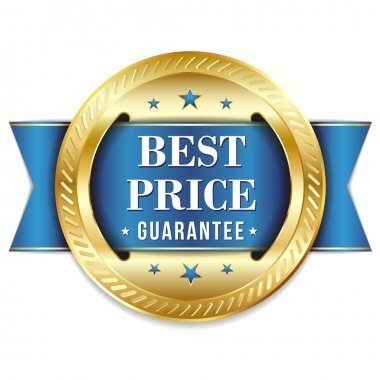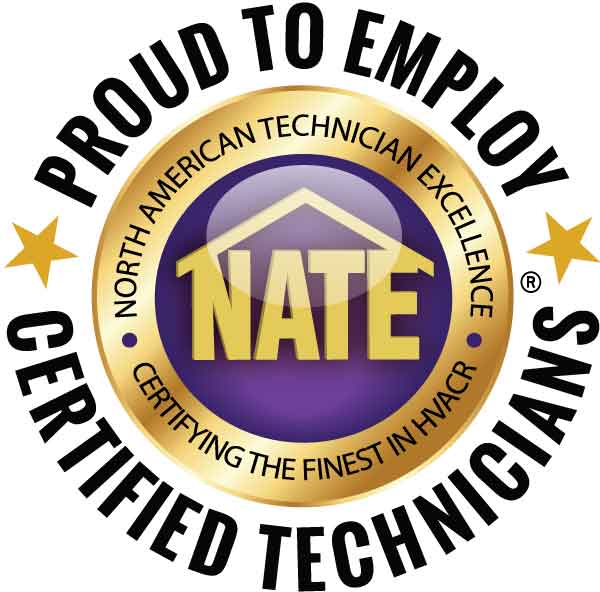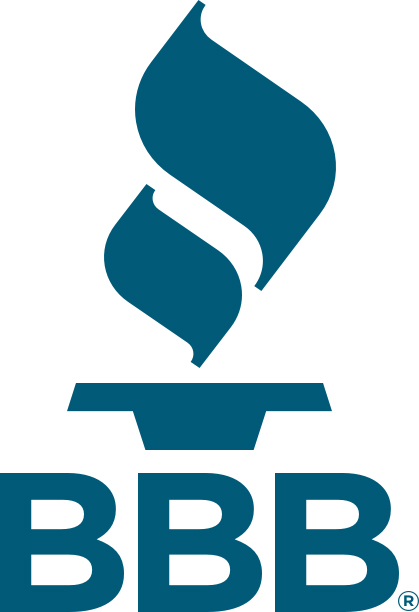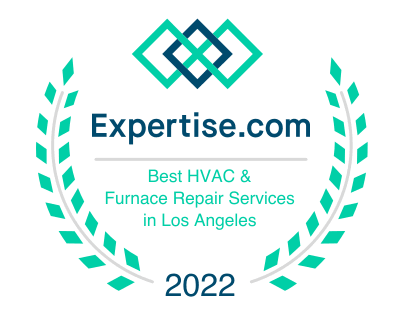
Transitioning to A2L refrigerants, whether for your home or business, involves some upfront investment. However, understanding the cost considerations and available financial incentives can help you make an informed decision and potentially offset the costs of upgrading or retrofitting your HVAC system.
In this post, we’ll break down the key cost factors involved in the transition and explore the various rebates, incentives, and long-term savings available to homeowners and businesses. This is the seventh post in our series on the A2L Federal Refrigerant Mandate. If you’ve missed previous posts, check out our guide on Preparing Your Business for the A2L Refrigerant Mandate.
Initial Costs: Upgrades and Retrofitting
One of the first things homeowners and business owners need to understand is the initial cost of complying with the A2L mandate. Depending on the age and condition of your current HVAC system, you may need to either upgrade to a new A2L-compatible system or retrofit your existing equipment to work safely with these new refrigerants.
1. Equipment Costs
- Upgrading to a New System: If your existing HVAC system is outdated or incompatible with A2L refrigerants, you may need to replace it entirely with a new A2L-compatible system. The cost of a new HVAC system varies widely based on the size of the property, the complexity of the system, and the brand and model you choose.
- Residential systems typically cost between $3,000 and $7,500.
- Commercial systems can range from $10,000 to $100,000+, depending on the size and scope of the project.
- Retrofitting: For systems that are relatively new, retrofitting may be a cost-effective solution. Retrofitting involves updating specific components, such as compressors, valves, and controls, to make the system compatible with A2L refrigerants.
- Retrofitting can cost anywhere from $1,000 to $5,000 for residential systems and significantly more for commercial setups, depending on the extent of the modifications required.
2. Installation and Labor Costs
Labor costs are another important factor to consider. Certified HVAC technicians must be trained to handle A2L refrigerants, which are classified as mildly flammable. Therefore, installation or retrofitting will require specialized knowledge and safety measures, which can increase labor costs.
- Installation costs for a new system can range from $500 to $2,500 for residential properties and higher for commercial installations, depending on system complexity.
- Retrofitting costs will be lower but depend on the time required for the job and the specific modifications needed.
Long-Term Savings: Energy Efficiency and Maintenance
While the initial costs may seem high, the long-term savings from transitioning to A2L refrigerants can offset these expenses over time. A2L refrigerants tend to be more energy-efficient, meaning that HVAC systems using these refrigerants typically consume less electricity to achieve the same cooling or heating effects.
1. Reduced Energy Costs
- Energy Efficiency: A2L refrigerants like R-32 and R-454B are designed to operate more efficiently than older refrigerants like R-410A. This means that, over time, homeowners and businesses may see a 5% to 10% reduction in energy consumption, resulting in lower utility bills.
- Cost Savings: For homeowners, this could translate to savings of up to $300 annually on energy bills, while businesses with larger systems may save thousands of dollars per year, depending on the size of their facility and the type of system they install.
2. Lower Maintenance Costs
Upgrading to a new system or retrofitting your current one may also reduce maintenance costs over time. Older systems that use high-GWP refrigerants like R-410A often require more frequent repairs and are more prone to leaks and inefficiencies. A2L-compatible systems, on the other hand, are designed with modern standards in mind, which means they are less likely to experience breakdowns, saving you money on repairs.
3. Avoiding Future Compliance Costs
Another factor to consider is the potential cost of non-compliance. As the federal refrigerant mandate is fully implemented, the availability of high-GWP refrigerants like R-410A will decline, making them more expensive. HVAC systems that rely on these refrigerants may become cost-prohibitive to maintain, forcing an upgrade at a later date—potentially at a higher cost due to supply chain pressures or limited technician availability.
Financial Incentives: Rebates, Tax Credits, and Grants
To help mitigate the costs of transitioning to A2L refrigerants, there are a number of financial incentives available to both homeowners and businesses. These include federal tax credits, utility rebates, and grants designed to encourage the adoption of energy-efficient HVAC systems.
1. Federal Tax Credits
The federal government offers tax credits to homeowners and businesses that make energy-efficient improvements to their properties. This includes the installation of A2L-compatible HVAC systems.
- Residential Energy Efficiency Tax Credit: Homeowners who install energy-efficient HVAC systems can qualify for a tax credit of up to 30% of the cost of the system, including installation, with a maximum cap of $600 per system under the Inflation Reduction Act.
- Commercial Buildings Energy Efficiency Deduction: For businesses, there is a deduction available for energy-efficient upgrades, including HVAC systems, under Section 179D. This deduction can be as high as $1.88 per square foot, depending on the energy savings achieved by the upgrade.
2. Utility Rebates
Many utility companies offer rebates to customers who upgrade to energy-efficient HVAC systems. These rebates vary by region and utility provider, but they can significantly reduce the upfront cost of installing or retrofitting your system.
- Residential Rebates: Homeowners can often receive rebates of $200 to $1,500, depending on the efficiency rating of the new system.
- Commercial Rebates: Businesses can qualify for larger rebates, sometimes up to $10,000 or more, depending on the size of the system and the energy savings achieved.
3. Manufacturer Discounts and Financing Options
Many HVAC manufacturers offer promotions or discounts to encourage the adoption of their energy-efficient, A2L-compatible systems. Additionally, some manufacturers offer financing options that allow you to spread the cost of a new system over several years, making the upfront investment more manageable.
- Extended Warranties: Some manufacturers provide extended warranties for systems that are upgraded to A2L refrigerants, ensuring that you are protected from future repair costs.
4. Government Grants
In certain regions, state and local governments may offer grants or additional tax incentives for energy-efficient upgrades as part of their climate goals. These grants can provide significant funding for larger commercial projects, making it more affordable for businesses to comply with the A2L mandate.
Planning for the Transition
Whether you’re a homeowner or a business owner, the key to managing the cost of transitioning to A2L refrigerants is planning ahead. By understanding your options and taking advantage of available incentives, you can make the transition smoother and more cost-effective.
Steps You Can Take Now:
- Schedule a System Evaluation: Have a certified HVAC technician evaluate your current system to determine whether it’s A2L-compatible and what upgrades or retrofits might be necessary.
- Research Financial Incentives: Explore the tax credits, rebates, and grants available in your region to reduce the cost of upgrading your system.
- Plan for Long-Term Savings: Consider the long-term energy savings and maintenance reductions that come with an A2L-compatible system, which can help offset the initial cost of the transition.
Conclusion
The transition to A2L refrigerants may require an upfront investment, but with the right planning, it can lead to significant long-term savings and environmental benefits. By taking advantage of federal tax credits, utility rebates, and manufacturer promotions, both homeowners and businesses can offset the cost of upgrading or retrofitting their HVAC systems.
In our next post, Future-Proofing Your HVAC System with A2L Refrigerants, we’ll explore how transitioning to A2L refrigerants can help you prepare for future regulatory changes and ensure your HVAC system remains efficient and compliant for years to come.
Call to Action:
Ready to upgrade your HVAC system? Explore your options for financial incentives and learn how transitioning to A2L refrigerants can save you money in the long run. Stay tuned for our next post on future-proofing your HVAC system for long-term compliance and efficiency.
Contact SoCal Climate Control Heating and Air Conditioning
For personalized advice or assistance with any HVAC needs, reach out to SoCal Climate Control Heating and Air Conditioning at (833) 202-0763. We’re here to ensure your system is running smoothly and effectively, providing comfort for years to come.











